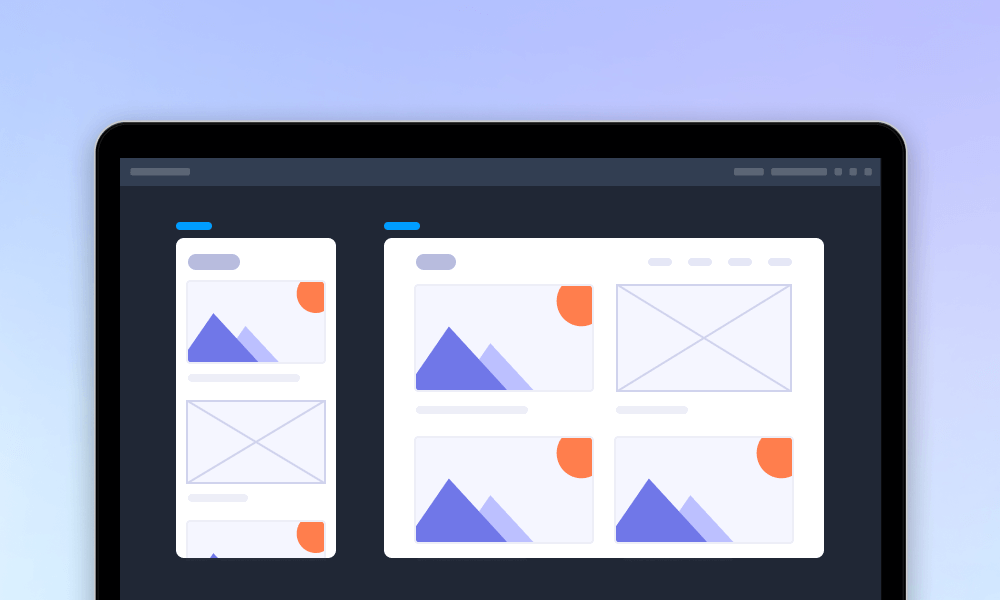
There’s a saying in customer service:
"Happy agents create happy customers."
In today’s era of AI and AI agents, this has never been more true.
A positive experience with your AI agent can directly influence whether users stay with your digital product from the very first interaction. That’s why Agent Experience Design (AXD) has become such a hot topic.
Whether you’re curious about AXD or planning to bring it into your business, this ultimate guide will give you a comprehensive understanding—including definitions, benefits, differences from traditional UX, step-by-step how-tos, best practices, examples, and more.
Well, to put these concepts into practice, you can also try our free design and prototyping tool, which helps you create, test, and refine interface ideas quickly and efficiently.
AI Agent Experience (AIX) refers to the overall experience users and businesses have when interacting with AI agents—software programs designed to perform tasks, provide information, or assist users autonomously. Unlike traditional UX that focuses mainly on human users, AI agent experience focuses on how AI agents behave, interact, and perform tasks reliably and effectively within digital products.
A well-designed AI agent experience ensures that:
In short, AI agent experience is about creating AI systems that are helpful, reliable, and delightful for both users and the AI agents themselves, ensuring your digital product retains users and enhances satisfaction.

AI agent experience design is the art of designing digital systems and environments to create effective, reliable, and enjoyable interactions between AI agents and users. It focuses on shaping how AI agents behave, communicate, and perform tasks within a product or platform.
Unlike traditional UX design, which centers mainly on human users, AXD considers both:
1.The AI agent’s behavior and capabilities – how it understands inputs, makes decisions, and executes tasks.
2.The human user’s experience – how users perceive, interact with, and trust the AI agent.
A good AI agent experience design ensures that:
In essence, AXD is about designing intelligent systems that work seamlessly with humans, making both the AI agent and the user successful in achieving their goals.
Nowadays, nearly all digital products aim to integrate AI and AI agents to enhance user experience. How these agents are designed to interact positively with users has become a key responsibility for web and app design teams.
A well-crafted Agent Experience Design (AXD) can make the difference between a product that delights users and one that frustrates them.
Here are some key benefits of good agent experience design:
In short, a positive, user-friendly agent experience ensures smooth interactions, boosts user engagement, and drives retention and sales—making it essential for today’s AI-driven products.
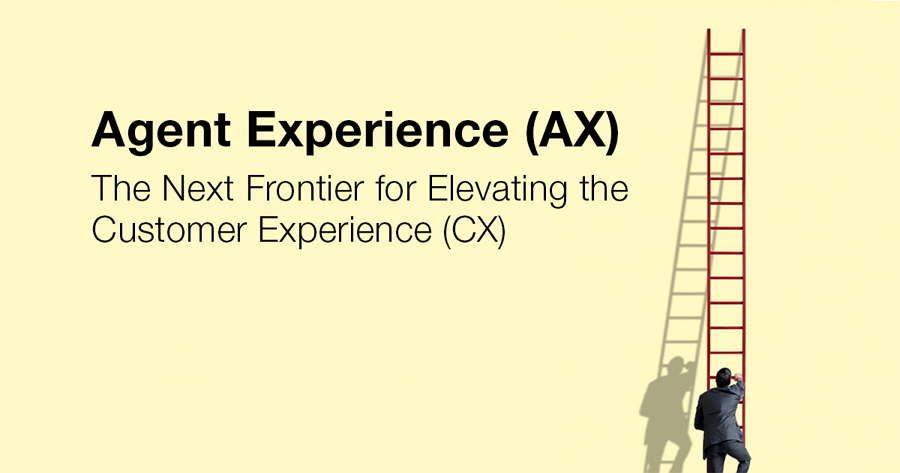
Well, the answer is quite simple. While the tradditional UX design focuses how human users interact with a product—its usability, accessibility, and overall satisfaction, the AX design focuses more on the experience of AI agents and how they interact with humans and systems.
You can get a clearer understanding by checking the following table:

A quick scan of how the AX design is different from the tradditional UX design
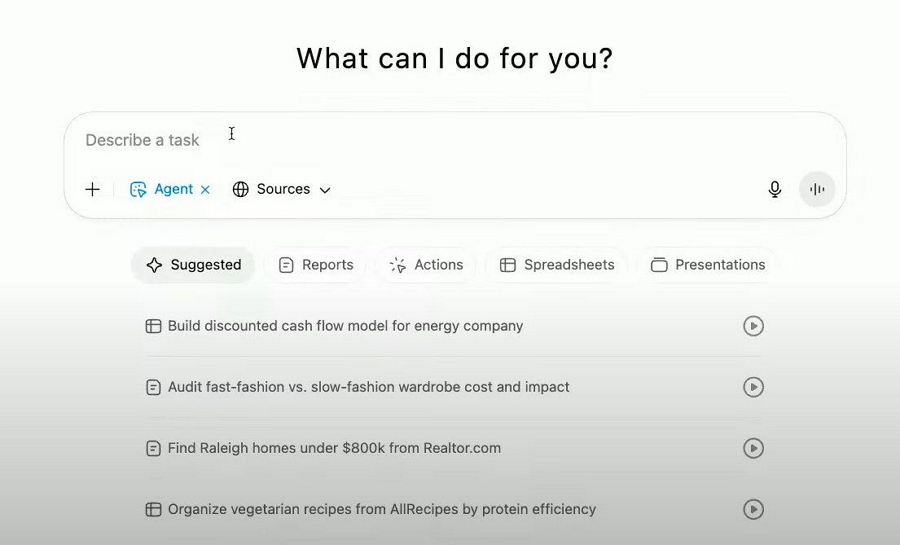
ChatGPT’s AI agent can provide answers in multiple formats—including text, images, and more—and allow users to customize its personality, skills, knowledge, background, and even role to suit specific use cases.
The new ChatGPT Agent autonomously completes complex, multi-step tasks—such as managing calendars, summarizing content, or making purchases—directly from a user’s computer. By blending conversational intelligence with real-world actions, it represents a significant leap in UX and autonomy.
Its agent experience design has become a benchmark that many AI products now follow and emulate.
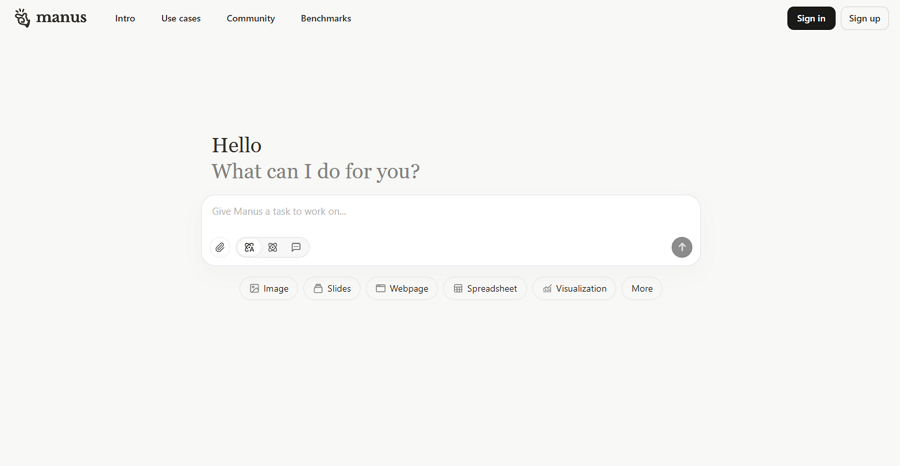
Developed by Singapore-based Butterfly Effect, Manus is designed as a general AI agent capable of planning and decision-making without continuous human input. It’s among the earliest fully autonomous agents available, pushing beyond traditional chatbot models.

Claude can perform human-like desktop automation: browsing websites, interacting with UI elements, and gathering information—bringing a new level of seamless agent UX to internal tooling and personal workflows.
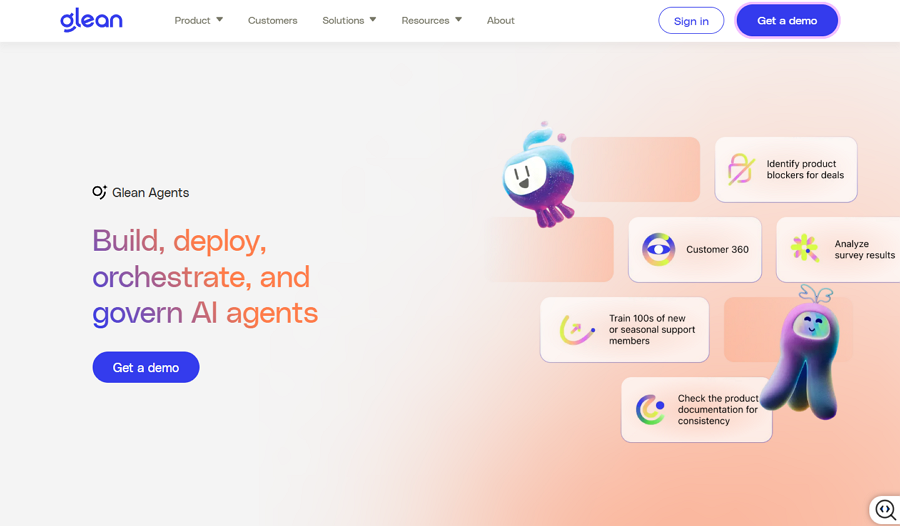
Glean offers a comprehensive AI agent platform that combines search capabilities with AI assistants. It provides a no-code interface for users to build agents, low-code tools for developers, and pro-code options via APIs and SDKs. This flexibility allows organizations to create custom agents tailored to their specific needs, enhancing productivity and decision-making processes.
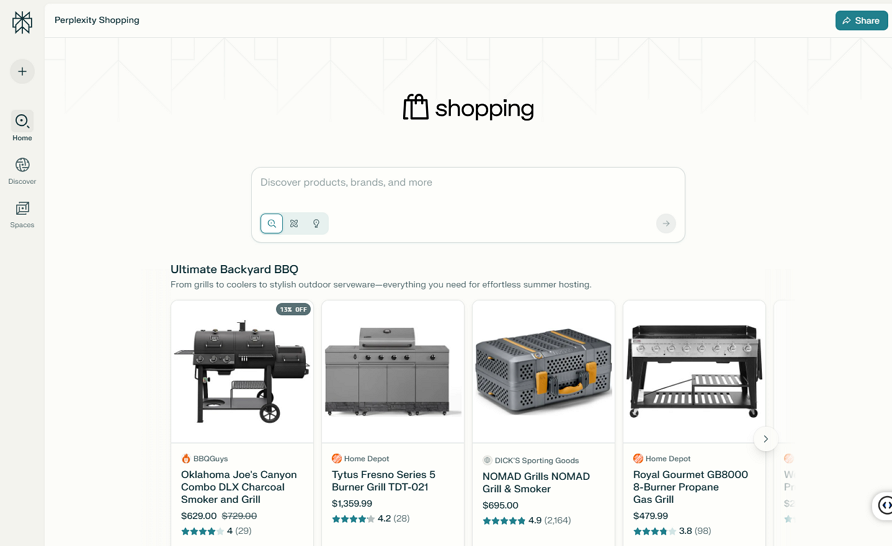
Perplexity AI has developed an autonomous shopping agent that can perform product searches and complete purchases on users' behalf. This AI agent is transforming the e-commerce landscape by allowing consumers to interact primarily with chatbots rather than visiting retailer websites directly, streamlining the shopping experience.
If you are new to AX design or planning to transfer your career from UX design to AX design, these best practices will help you create AI agent experiences that are both efficient and engaging:
Before you start the agent design, you are supposed to firstly clarify the AI agent’s purpose, responsibilities, and scope. And list out a checklist with measurable objectives such as task completion rates, response accuracy, or user satisfaction scores to guide design decisions.
Understanding both your users and the competitive landscape is critical for designing effective AI agent experiences. Professional AX designers rely on research to ensure agents meet real user needs while standing out in the market.
Also don’t forget to analyze how your competitors design their AI agents and experiences. Identifying which solutions or practical measures work well can provide valuable insights for your own project.
Overall, conducting thorough user and competitor research is essential for creating AI agents that are both effective and user-friendly.
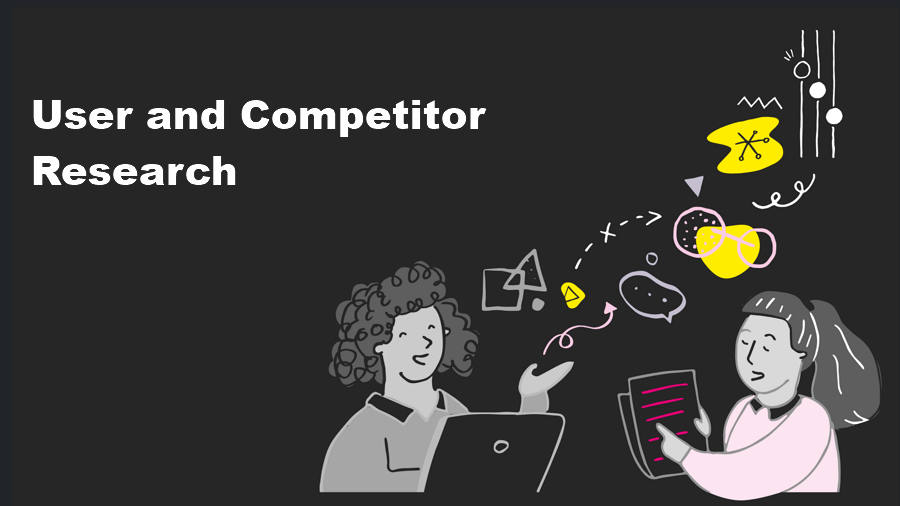
Professional AX design emphasizes agents that adapt to context while maintaining consistent behavior. Model agent decision-making processes to anticipate user needs and reduce friction. Consider edge cases and unusual scenarios to ensure reliable performance.
Whether designing traditional UX or the latest AX, adding smooth and user-friendly interactions is essential for a better experience. Provide real-time feedback or visual cues that clarify agent reasoning, helping users trust AI decisions and reducing cognitive load.
High-quality AX design incorporates robust fallback mechanisms. Agents should detect misunderstandings, offer corrective suggestions, or gracefully escalate to human support when needed. Designing for resilience enhances reliability and user confidence.
Use analytics and user behavior data to continuously refine agent interactions. Track key metrics such as task completion time, escalation rates, and user sentiment to identify friction points and optimize performance.
Tailor agent responses based on user behavior, preferences, and context. Professional AX design balances personalization with predictability to enhance user engagement without creating inconsistent or confusing experiences.
Here are some general steps that you can follow:
Step 1. Define Goals & Scope
Clarify what the agent should achieve and set measurable checklist.
Step 2. Do user and competitor research
Understand user needs, pain points, and how other agents are designed.
Step 3. Map the Interaction Flow
Plan conversations, touchpoints, and possible scenarios.
Step 4. Design Smooth Interactions
Add clear feedback, visual cues, and natural responses.
Step 5. Prototype & Test
Use the right tools to visualize and validate early ideas.

Here is an example showing how you can visualize and test your early ideas with the right prototyping tool.
Step 6. Iterate with Data
Refine based on analytics, user feedback, and performance metrics.
From this perspective, the process is quite similar to traditional UX design. You and your team can follow the same workflow without drastically changing how you work.
An Agent Experience (AX) designer focuses on creating engaging, effective, and user-friendly interactions for AI agents. They ensure agents provide clear guidance, deliver value, and enhance digital products and services. With AI now integrated into nearly all digital products, AX designers have become one of the most in-demand roles in tech.
2. How can AI improve agent experience?
AI enhances agent experience by enabling personalization, context-aware responses, proactive assistance, multi-modal interactions (text, images, voice), and seamless automation of repetitive or complex tasks.
3. Can small teams implement AX design effectively?
Yes. Even small teams can implement AX design by focusing on clear goals, user research, prototyping with design tools, iterative testing, and leveraging existing AI platforms and frameworks to accelerate development.
4. Which tools are essential for good agent experience design?
Here are some tools that you can consider:
5. What are common challenges in agent experience design?
You might pay attention to the following challenges:
Agent Experience Design is increasingly vital as AI agents take on a larger role in digital products. Designing a positive and effective agent experience is now a key factor in determining a product’s or business’s success. We hope this beginner’s guide helps you gain a clear understanding of AX design and gives you the confidence to start your business or career in this exciting field.
 Mockplus RP
Mockplus RP
A free prototyping tool to create wireframes or interactive prototypes in minutes.
 Mockplus DT
Mockplus DT
A free UI design tool to design, animate, collaborate and handoff right in the browser.
